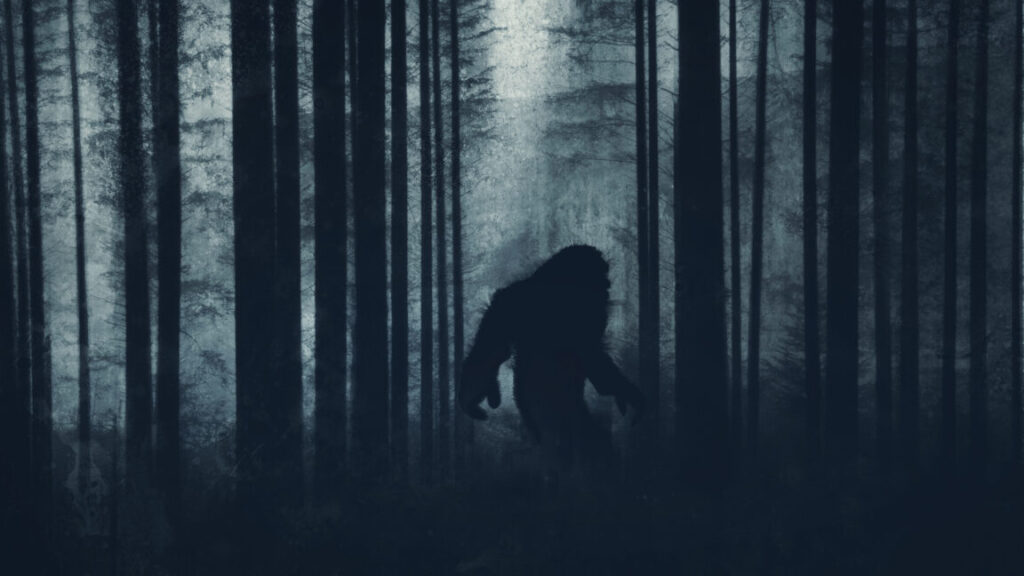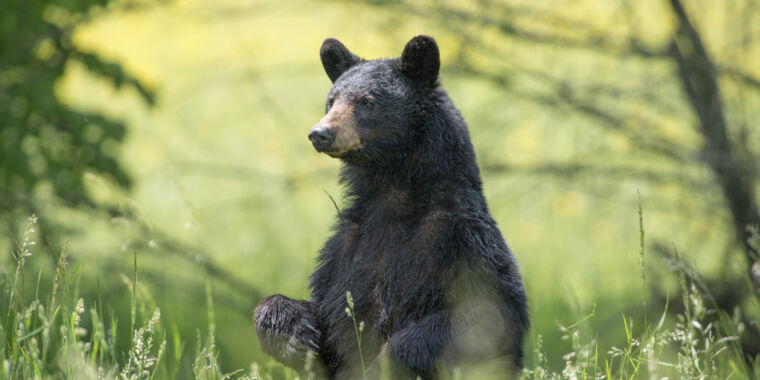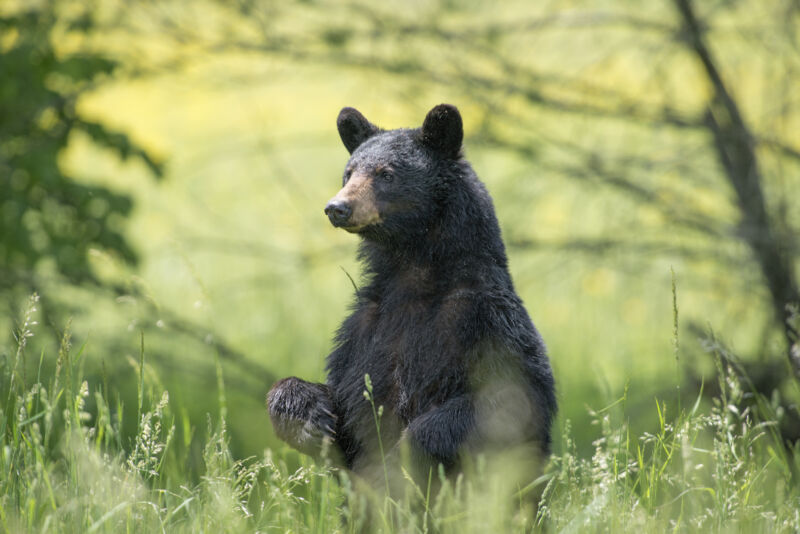Under new bill, Bigfoot could become California’s “official cryptid”
You might suspect that a one-line bill about Bigfoot that bears the number “666” is a joke, but AB-666 is apparently a serious offering from California Assemblymember Chris Rogers. Rogers represents a California district known for its Bigfoot sightings (or “sightings,” depending on your persuasion—many of these have been faked), and he wants to make Bigfoot the “official cryptid” of the state.
His bill notes that California already has many official symbols, including the golden poppy (official flower), the California redwood (official tree), the word “Eureka” (official motto), the red-legged frog (official amphibian), the grizzly bear (official animal), swing dancing (official dance), and the saber-toothed cat (official fossil). The state has so many of these that there are separate categories for freshwater fish (golden trout) and marine fish (garibaldi). So why not, Rogers wants to know, “designate Bigfoot as the official state cryptid”?
That’s… pretty much the bill, which was introduced this week and already has Bigfoot advocates excited. SFGate talked to Matt Moneymaker, who it describes as “a longtime Bigfoot researcher and former star of the Animal Planet series Finding Bigfoot,” about the bill. Moneymaker loves it, noting that he has personally “had a face-to-face encounter one time, after which I was absolutely sure they existed because I had one about 20 feet in front of me, growling at me.”
Rogers represents California Assembly District 2, a sprawling expanse of Northern California that includes the town of Willow Grove, epicenter of the early Bigfoot sightings back in the 1950s. Today, the small community boasts the Bigfoot Museum, the Bigfoot Motel, and the Bigfoot Steakhouse—to say nothing of Bigfoot’s Barbershop, Bigfoot Equipment & Repair, and, of course, the Bigfoot Cannabis Company. The bill seems like an easy way to goose interest in Bigfoot and to reap the tourist dollars that come from that interest.
This is not to deny the underlying reality of a Bigfoot-like creature (though you can indeed count me among the extremely, extremely skeptical—surely most of these sightings are of bears). Moneymaker runs the Bigfoot Field Researchers’ Organization, which tracks sightings across the US. The most recent one I could find on the site was report 77,879 (!), which came from rural Buchanan County, Virginia, on November 10, 2024.
Under new bill, Bigfoot could become California’s “official cryptid” Read More »


